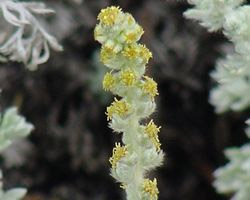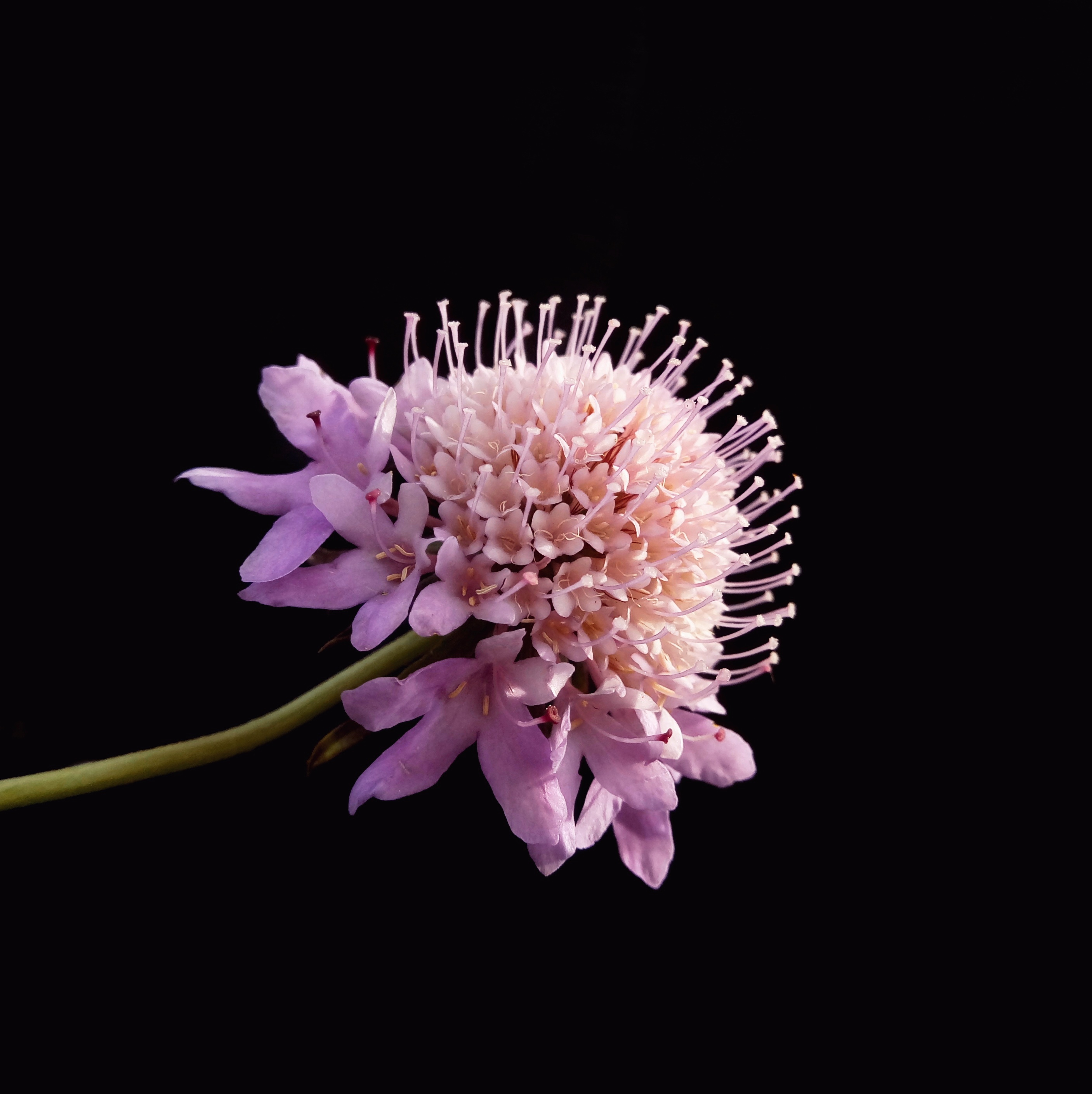|
Cnephasia Chrysantheana
''Cnephasia chrysantheana'' is a species of moth of the family Tortricidae. It is found in the Near East, Spain, France, Italy, Austria, the Czech Republic, Slovakia, Slovenia, Hungary, Romania, Ukraine and on Sicily and Sardinia. The wingspan is 17–26 mm. Adults have been recorded on wing from June to July in one generation per year. The larvae feed on ''Lathyrus'', ''Scabiosa'', ''Artemisia'', ''Chrysanthemum'', ''Cirsium'', ''Carlina'', ''Centaurea'', ''Taraxacum'' and ''Pulmonaria ''Pulmonaria'' (lungwort) is a genus of flowering plants in the family Boraginaceae, native to Europe and western Asia, with one species (''P. mollissima'') east to central Asia. According to various estimates there may be between 10 and 18 spe ...'' species. References Moths described in 1842 chrysantheana {{Tortricinae-stub ... [...More Info...] [...Related Items...] OR: [Wikipedia] [Google] [Baidu] |
Julius Von Kennel
Julius von Kennel (10 June 1854 – 24 January 1939) was a German zoologist and entomologist born in Schwegenheim. He studied at the University of Würzburg, where he came under the influence of zoologist Karl Semper (1832-1893). Later, he worked as an assistant to Karl August Möbius (1825-1908) at the University of Kiel, and following his habilitation, he returned to the University of Würzburg. In 1882-83 he participated on a research expedition to Trinidad and Venezuela (including the Orinoco River region). Later, he served as a lecturer at the ''Forstakademie'' in Aschaffenburg, and from 1887 to 1915, was a full professor of zoology at the University of Dorpat. Kennel was an authority on Microlepidoptera, and in particular the family- Tortricidae (tortrix moths). In 1898-99 he was president of the Estonian Naturalists' Society, and in 1922 became director of the zoological museum in Riga. Written works * 1883: ''Biologische und faunistische Notizen aus Trini ... [...More Info...] [...Related Items...] OR: [Wikipedia] [Google] [Baidu] |
Sicily
(man) it, Siciliana (woman) , population_note = , population_blank1_title = , population_blank1 = , demographics_type1 = Ethnicity , demographics1_footnotes = , demographics1_title1 = Sicilian , demographics1_info1 = 98% , demographics1_title2 = , demographics1_info2 = , demographics1_title3 = , demographics1_info3 = , timezone1 = CET , utc_offset1 = +1 , timezone1_DST = CEST , utc_offset1_DST = +2 , postal_code_type = , postal_code = , area_code_type = ISO 3166 code , area_code = IT-82 , blank_name_sec1 = GDP (nominal) , blank_info_sec1 = €89.2 billion (2018) , blank1_name_sec1 = GDP per capita , blank1_info_sec1 ... [...More Info...] [...Related Items...] OR: [Wikipedia] [Google] [Baidu] |
Pulmonaria
''Pulmonaria'' (lungwort) is a genus of flowering plants in the family Boraginaceae, native to Europe and western Asia, with one species (''P. mollissima'') east to central Asia. According to various estimates there may be between 10 and 18 species found in the wild. Description Lungworts are evergreen or herbaceous perennials that form clumps or rosettes. They are covered in hairs of varied length and stiffness, and sometimes also bear glands. The underground parts consist of a slowly creeping rhizome with adventitious roots. Flowering stems are unbranched, rough, covered with bristly hairs, usually not exceeding , with a few exceptions ('' P. mollis'', '' P. vallarsae''). The stems are usually upright, or slightly spreading. The plants reach in height, spreading up to wide. The leaves are arranged in rosettes. The blades are usually large, from narrowly lanceolate to oval, with the base ranging from heart shaped to very gradually narrowing, and can have a sharply point ... [...More Info...] [...Related Items...] OR: [Wikipedia] [Google] [Baidu] |
Taraxacum
''Taraxacum'' () is a large genus of flowering plants in the family Asteraceae, which consists of species commonly known as dandelions. The scientific and hobby study of the genus is known as taraxacology. The genus is native to Eurasia and North America, but the two most commonplace species worldwide, '' T. officinale'' (the common dandelion) and '' T. erythrospermum'' (the red-seeded dandelion), were introduced from Europe into North America, where they now propagate as wildflowers. Both species are edible in their entirety. The common name ''dandelion'' ( , from French , meaning 'lion's tooth') is also given to specific members of the genus. Like other members of the family Asteraceae, they have very small flowers collected together into a composite flower head. Each single flower in a head is called a '' floret''. In part due to their abundance, along with being a generalist species, dandelions are one of the most vital early spring nectar sources for a wide h ... [...More Info...] [...Related Items...] OR: [Wikipedia] [Google] [Baidu] |
Centaurea
''Centaurea'' () is a genus of over 700 species of herbaceous thistle-like flowering plants in the family Asteraceae. Members of the genus are found only north of the equator, mostly in the Eastern Hemisphere; the Middle East and surrounding regions are particularly species-rich. In the western United States, yellow starthistles are an invasive species. Around the year 1850, seeds from the plant had arrived to the state of California. It is believed that those seeds came from South America. Common names Common names for this genus are centaury, centory, starthistles, knapweeds, centaureas and the more ambiguous "bluets"; a vernacular name used for these plants in parts of England is "loggerheads" ( common knapweed). The ''Plectocephalus'' group – possibly a distinct genus – is known as basketflowers. "Cornflower" is used for a few species, but that term more often specifically means either '' C. cyanus'' (the annual cornflower) or '' Centaurea montana'' (the perennial ... [...More Info...] [...Related Items...] OR: [Wikipedia] [Google] [Baidu] |
Carlina
''Carlina'' is a genus of flowering plants in the family Asteraceae. It is distributed from Madeira and the Canary Islands across Europe and northern Africa to Siberia and northwestern China.Kovanda, M. (2002)Observations on ''Carlina biebersteinii''.''Thaiszia Journal of Botany'' 12(1), 75-82. Plants of the genus are known commonly as carline thistles.''Carlina''. In: Greuter, W. & E. von Raab-Straube. (Eds.) Compositae. Euro+Med Plantbase. Description ''Carlina'' species are very similar to true thistles (genus '''') in morphology, and are part of th ...[...More Info...] [...Related Items...] OR: [Wikipedia] [Google] [Baidu] |
Cirsium
''Cirsium'' is a genus of perennial and biennial flowering plants in the Asteraceae, one of several genera known commonly as thistles. They are more precisely known as plume thistles. These differ from other thistle genera ('' Carduus'', ''Silybum'' and '' Onopordum'') in having feathered hairs to their achenes. The other genera have a pappus of simple unbranched hairs. They are mostly native to Eurasia and northern Africa, with about 60 species from North America (although several species have been introduced outside their native ranges). Thistles are known for their effusive flower heads, usually purple, rose or pink, also yellow or white. The radially symmetrical disc flowers are at the end of the branches and are visited by many kinds of insects, featuring a generalised pollination syndrome. They have erect stems and prickly leaves, with a characteristic enlarged base of the flower which is commonly spiny. The leaves are alternate, and some species can be slightly hairy ... [...More Info...] [...Related Items...] OR: [Wikipedia] [Google] [Baidu] |
Chrysanthemum
Chrysanthemums (), sometimes called mums or chrysanths, are flowering plants of the genus ''Chrysanthemum'' in the family Asteraceae. They are native to East Asia and northeastern Europe. Most species originate from East Asia and the center of diversity is in China.Liu, P. L., et al. (2012)Phylogeny of the genus ''Chrysanthemum'' L.: Evidence from single-copy nuclear gene and chloroplast DNA sequences.''PLOS One'' 7(11), e48970. . Countless horticultural varieties and cultivars exist. Description The genus ''Chrysanthemum'' are perennial herbaceous flowering plants, sometimes subshrubs. The leaves are alternate, divided into leaflets and may be pinnatisect, lobed, or serrate (toothed) but rarely entire. The compound inflorescence is an array of several flower heads, or sometimes a solitary head. The head has a base covered in layers of phyllaries. The simple row of ray florets is white, yellow, or red. The disc florets are yellow. Pollen grains are approximately 34 ... [...More Info...] [...Related Items...] OR: [Wikipedia] [Google] [Baidu] |
Artemisia (genus)
''Artemisia'' () is a large, diverse genus of plants with between 200 and 400 species belonging to the daisy family Asteraceae. Common names for various species in the genus include mugwort, wormwood, and sagebrush. ''Artemisia'' comprises hardy herbaceous plants and shrubs, which are known for the powerful chemical constituents in their essential oils. ''Artemisia'' species grow in temperate climates of both hemispheres, usually in dry or semiarid habitats. Notable species include '' A. vulgaris'' (common mugwort), '' A. tridentata'' (big sagebrush), '' A. annua'' (sagewort), '' A. absinthium'' (wormwood), ''A. dracunculus'' (tarragon), and '' A. abrotanum'' (southernwood). The leaves of many species are covered with white hairs. Most species have strong aromas and bitter tastes from terpenoids and sesquiterpene lactones, which discourage herbivory, and may have had a selective advantage. The small flowers are wind-pollinated. ''Artemisia'' species are us ... [...More Info...] [...Related Items...] OR: [Wikipedia] [Google] [Baidu] |
Scabiosa
''Scabiosa'' is a genus in the honeysuckle family (Caprifoliaceae) of flowering plants. Many of the species in this genus have common names that include the word scabious, but some plants commonly known as scabious are currently classified in related genera such as '' Knautia'' and '' Succisa''; at least some of these were formerly placed in ''Scabiosa''. Another common name for members of this genus is pincushion flowers. Etymology The common name 'scabious' comes the Latin word ''scabiosus'' meaning 'mangy, rough or itchy' which refers to the herb's traditional usage as a folk medicine to treat scabies, an illness that causes a severe itching sensation. Description Some species of ''Scabiosa'' are annuals, others perennials. Some are herbaceous plants; others have woody rootstocks. The leaves of most species are somewhat hairy and partly divided into lobes, but a few are smooth and some species have simple leaves. The flowers are borne on inflorescences in the form of heads ... [...More Info...] [...Related Items...] OR: [Wikipedia] [Google] [Baidu] |
Lathyrus
''Lathyrus'' is a genus of flowering plants in the legume family Fabaceae, and contains approximately 160 species. Commonly known as peavines or vetchlings, they are native to temperate areas, with a breakdown of 52 species in Europe, 30 species in North America, 78 in Asia, 24 in tropical East Africa, and 24 in temperate South America. There are annual and perennial species which may be climbing or bushy. This genus has numerous sections, including ''Orobus'', which was once a separate genus. Uses Many species are cultivated as garden plants. The genus includes the garden sweet pea (''Lathyrus odoratus'') and the perennial everlasting pea (''Lathyrus latifolius''). Flowers on these cultivated species may be rose, red, maroon, pink, white, yellow, purple or blue, and some are bicolored. They are also grown for their fragrance. Cultivated species are susceptible to fungal infections including downy and powdery mildew. Other species are grown for food, including the India ... [...More Info...] [...Related Items...] OR: [Wikipedia] [Google] [Baidu] |
Wingspan
The wingspan (or just span) of a bird or an airplane is the distance from one wingtip to the other wingtip. For example, the Boeing 777–200 has a wingspan of , and a wandering albatross (''Diomedea exulans'') caught in 1965 had a wingspan of , the official record for a living bird. The term wingspan, more technically extent, is also used for other winged animals such as pterosaurs, bats, insects, etc., and other aircraft such as ornithopters. In humans, the term wingspan also refers to the arm span, which is distance between the length from one end of an individual's arms (measured at the fingertips) to the other when raised parallel to the ground at shoulder height at a 90º angle. Former professional basketball player Manute Bol stood at and owned one of the largest wingspans at . Wingspan of aircraft The wingspan of an aircraft is always measured in a straight line, from wingtip to wingtip, independently of wing shape or sweep. Implications for aircraft design an ... [...More Info...] [...Related Items...] OR: [Wikipedia] [Google] [Baidu] |

.jpg)






